This naked carbon 912 weighs just 1500 pounds
Hungary’s KAMManufaktur has put its 912c restomod on a diet. With a full carbon-fiber body the car comes in at a featherweight 699 kg (1541 lbs), saving 112 lbs compared to the car we sampled earlier this year—and making it over 660 lbs lighter than a standard Porsche 912.
In its first iteration KAMM retained the 912’s steel roof and rear quarter panels, while the remaining bodywork was remanufactured (or should that be re-Manufktured?) in carbon.
Founder Miklós Kázmér says, “At KAMM we always look for new ways to save weight while also enhancing driving dynamics. With the full carbon 912c we aim to save weight from the back and top of the car to get as close to 50-50 weight distribution as possible.”
Buyers can specify the car in unpainted carbon weave and even opt for carbon wheels to reduce mass to a minimum. Kázmér reckons no two 912cs will be the same as customers take advantage of the firm’s new bespoke design service which offers an unlimited range of colors (for those happy to carry the weight of paint), plus a wide choice of seats, trim and liveries.
Kázmér is also promising a more powerful version of the car’s crazy four-cylinder boxer engine, updated aerodynamics, and improvements to the car’s NVH, climate control and audio systems.
“I am a perfectionist and continuously seek innovative new ways to improve the 912c,” adds Kázmér. “Our new carbon fibre body is a great example of that, with perfect fit, incredible strength, and further weight saving. In addition, the 2024 912c will offer a range of enhancements to further enhance driving pleasure and give an even more rewarding ownership experience. We look forward to delivering the first client cars early into 2024 and will then show the world our new development car for evaluation later in the year.”
The 2024 KAMM 912c is available in full carbon fiber from €400,000 ($437,000) or with a part-carbon body for €360,000 ($393,000) and if you supply your own 912 donor car you can save €40,000.

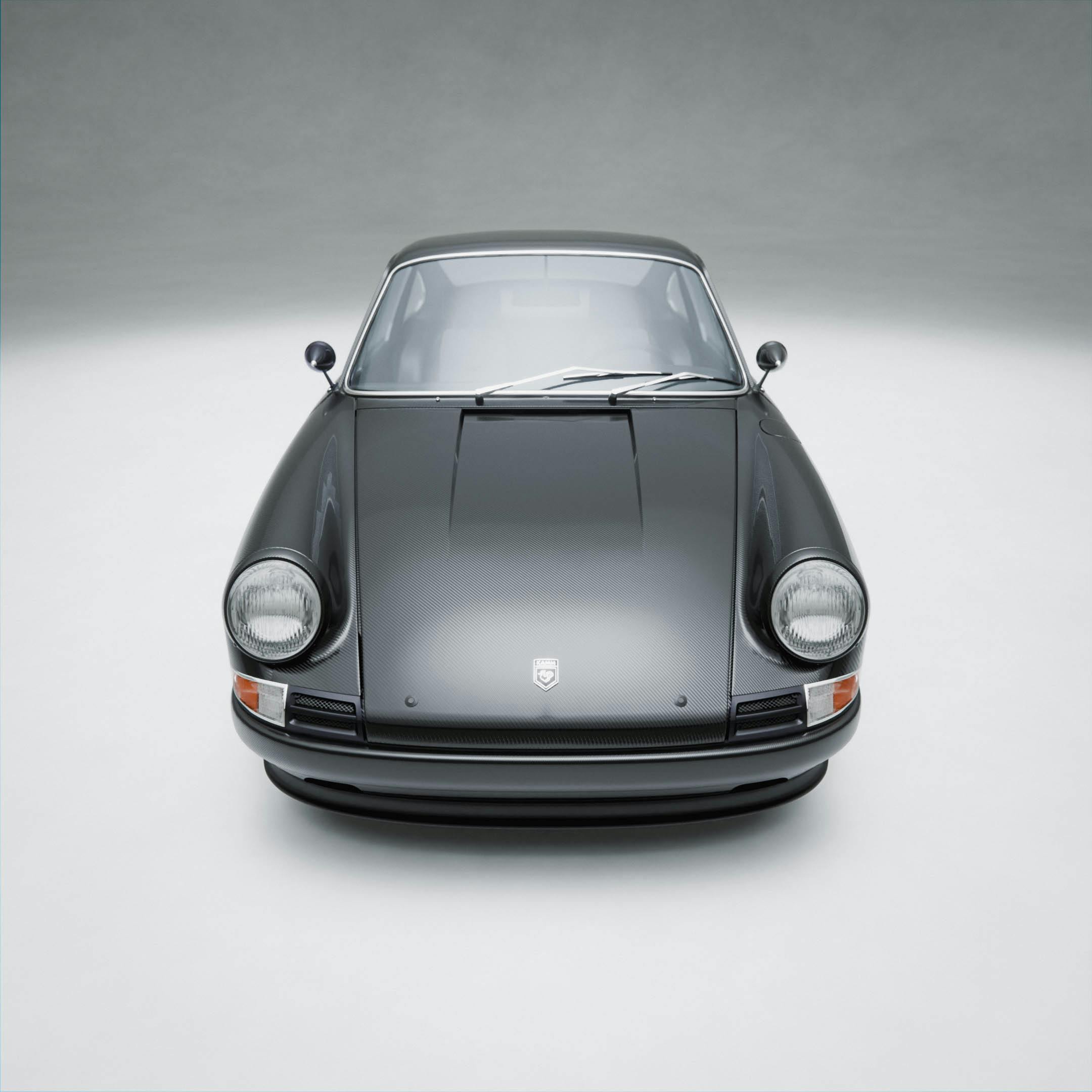
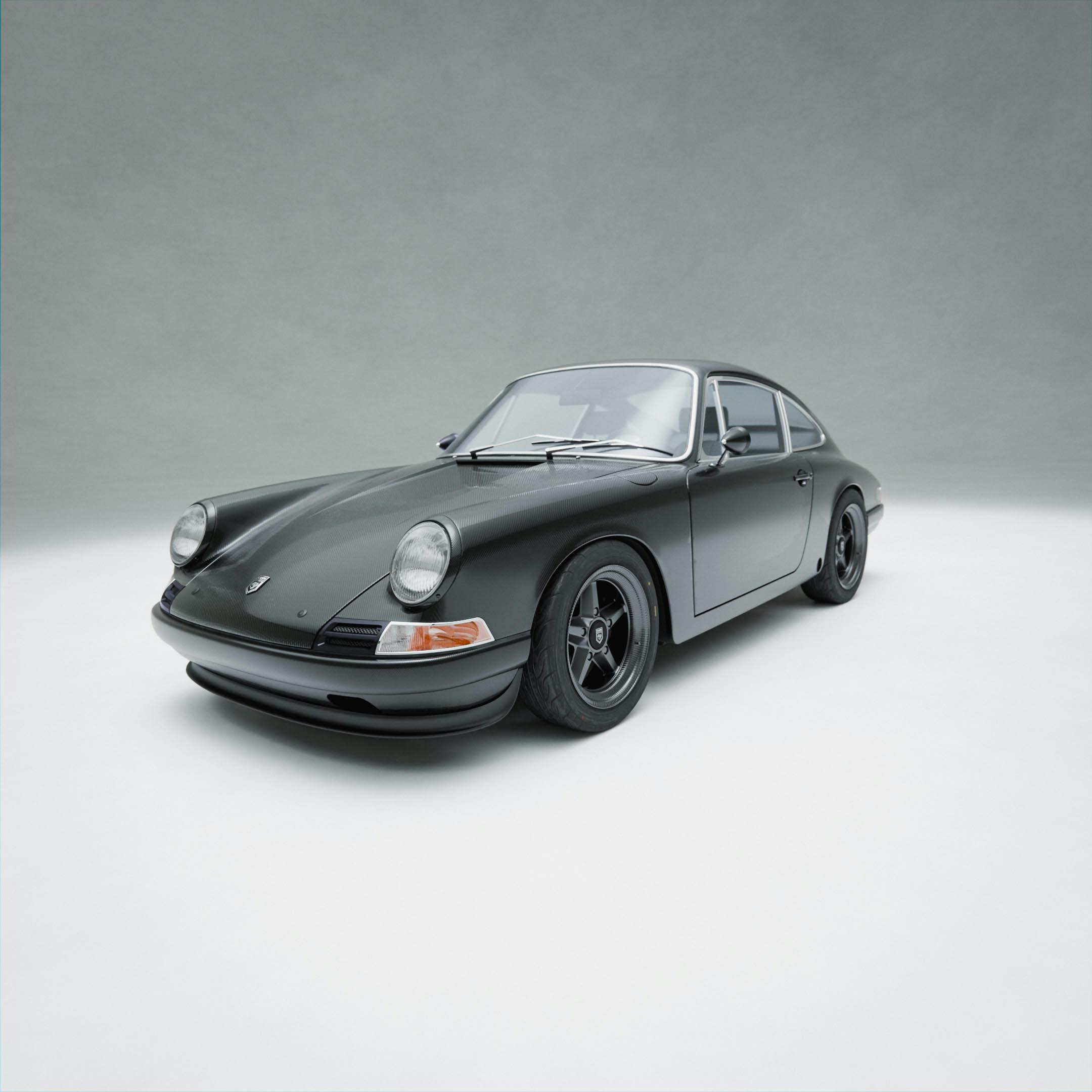
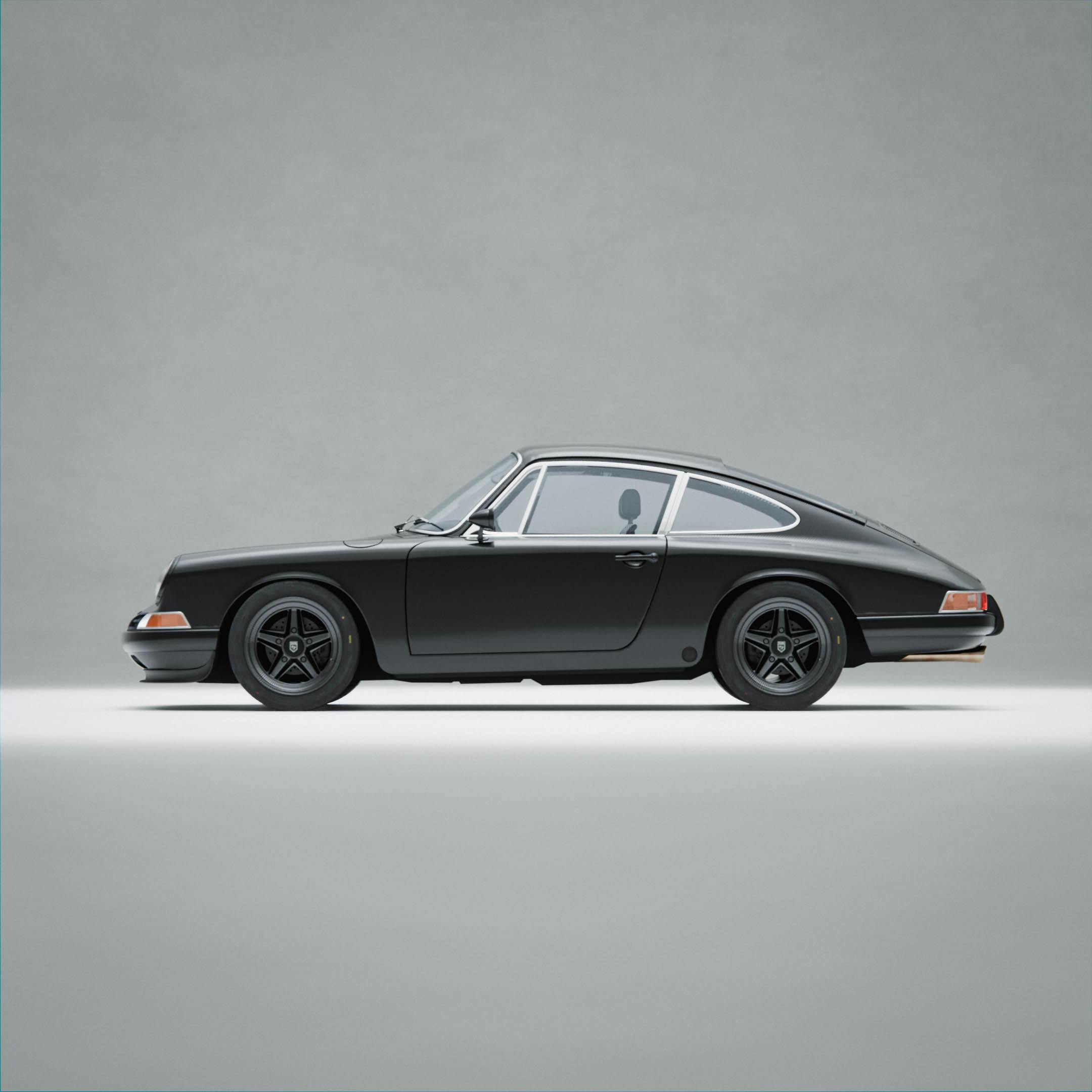
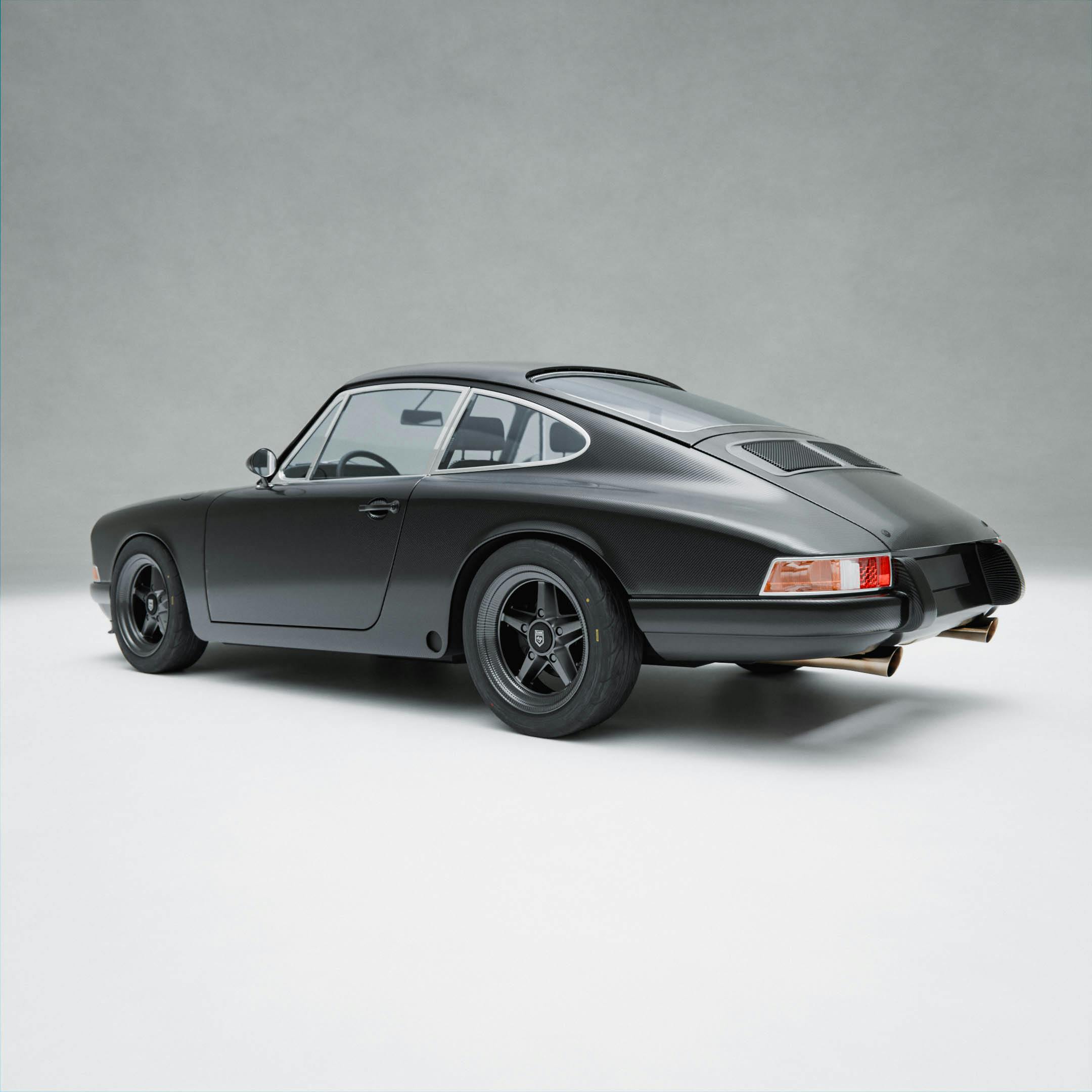
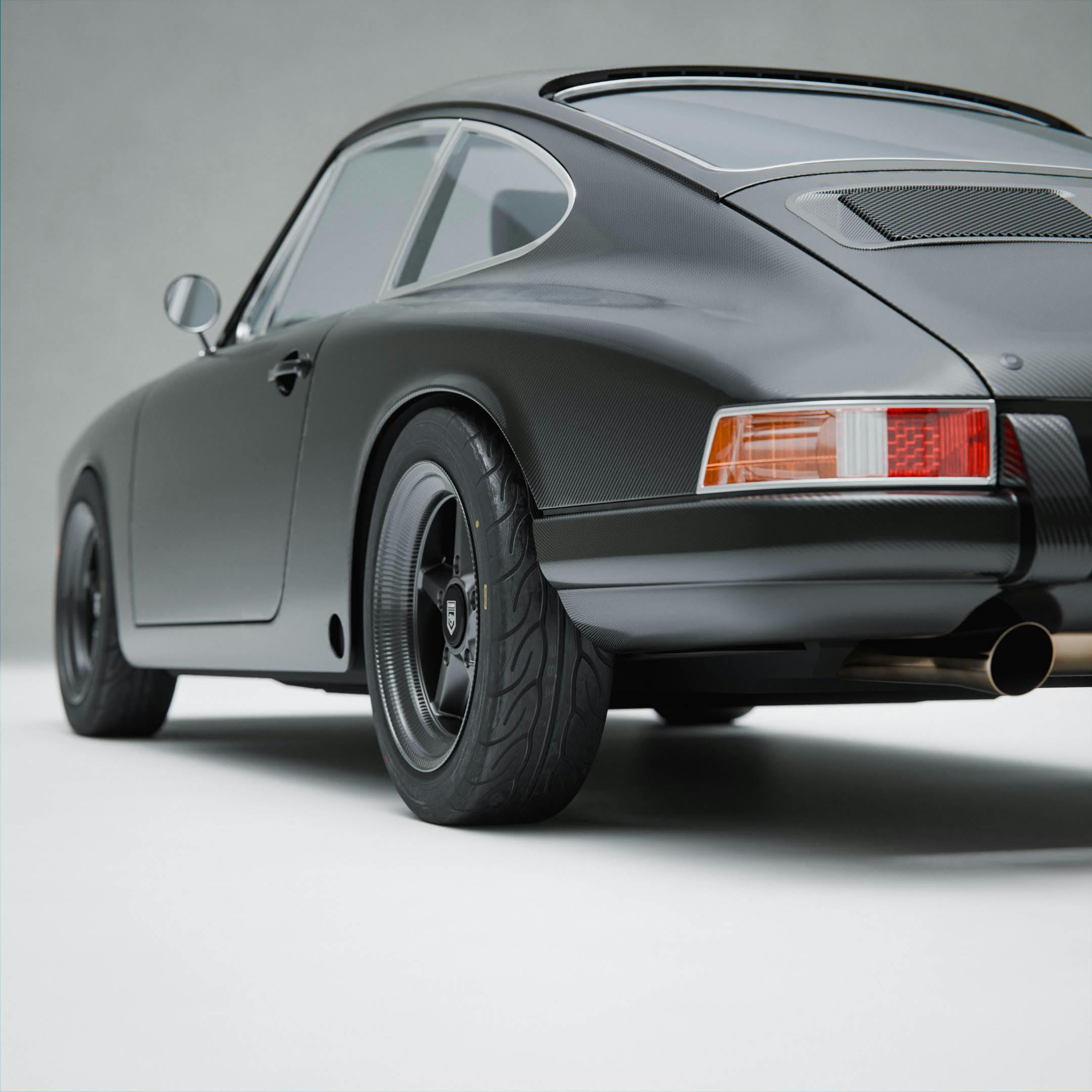
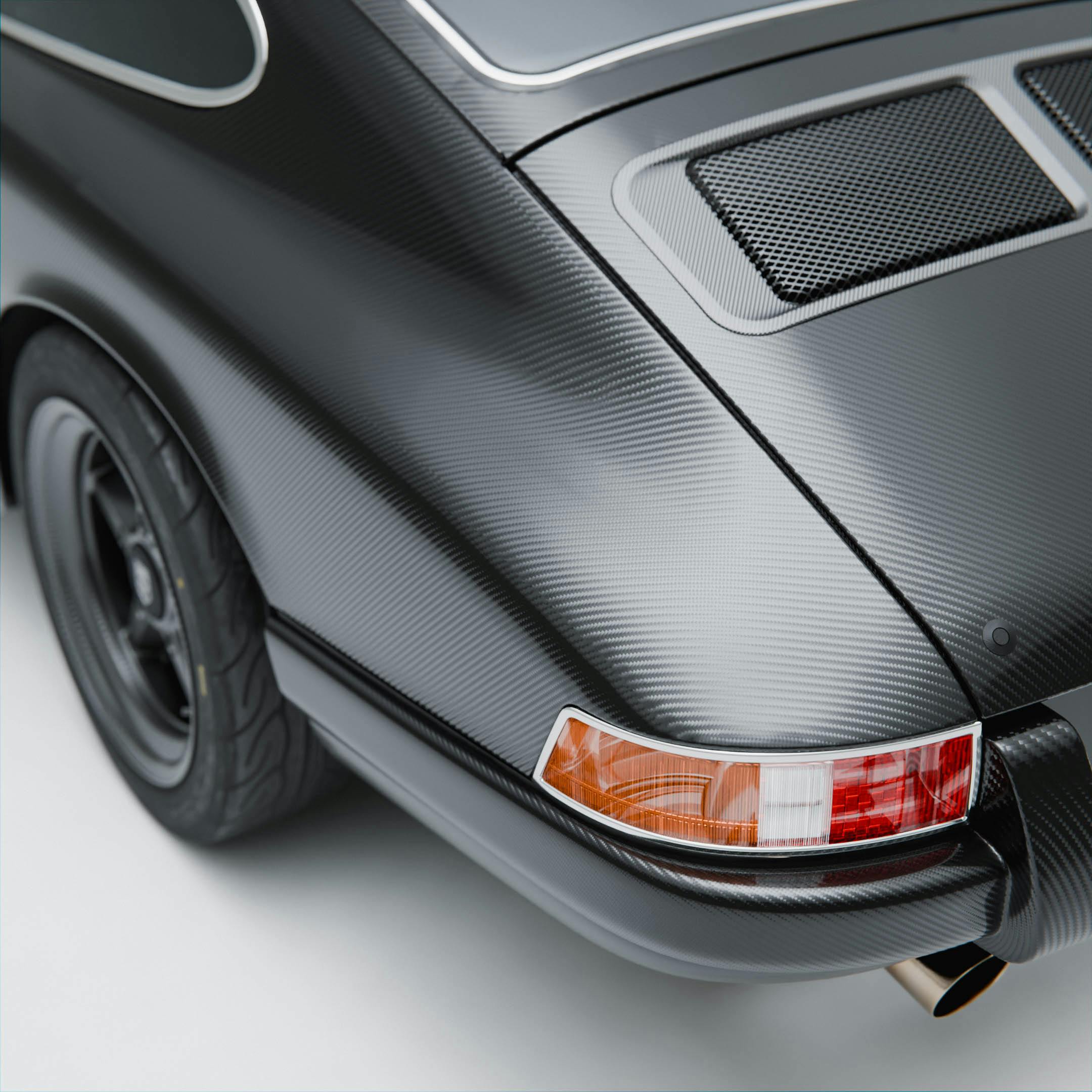

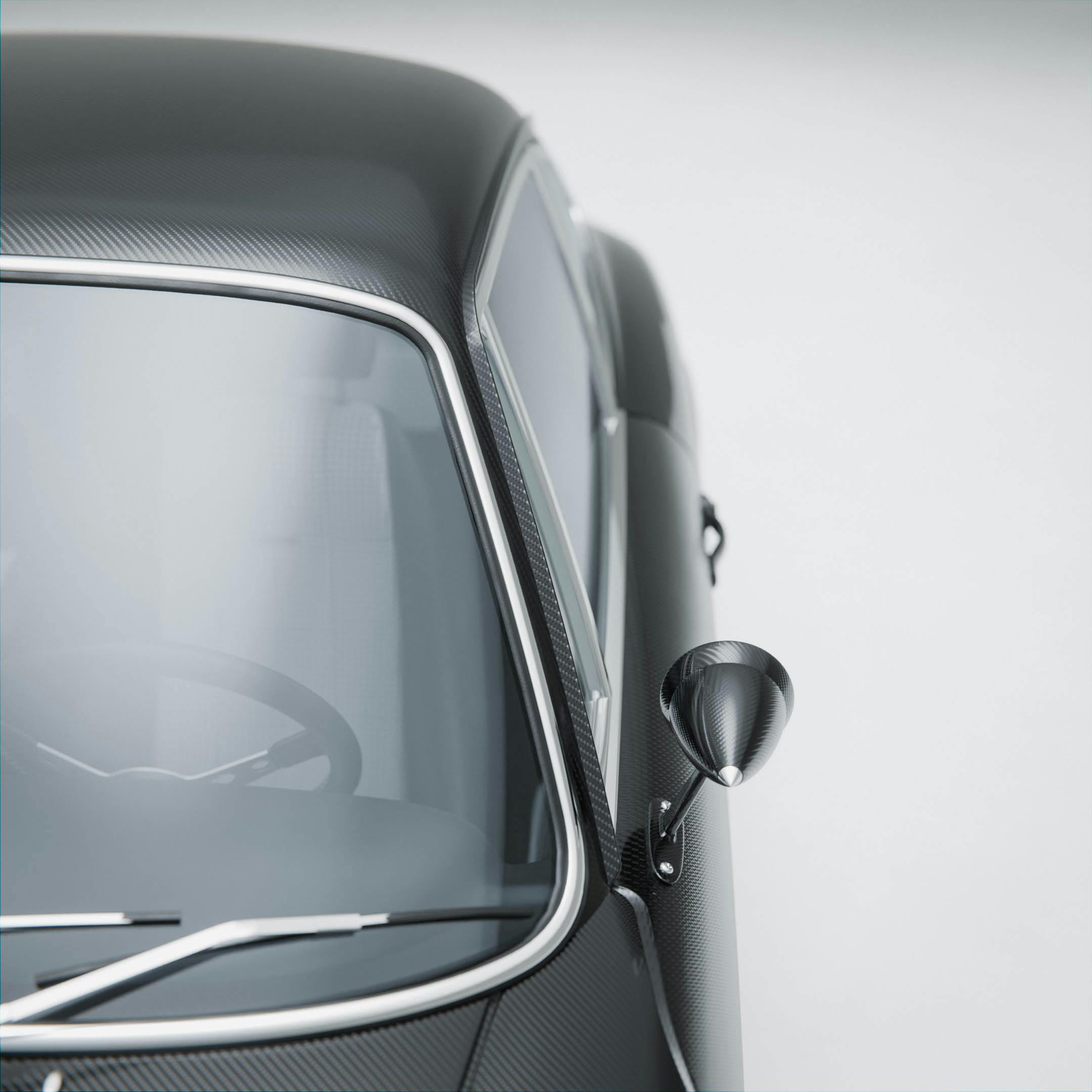

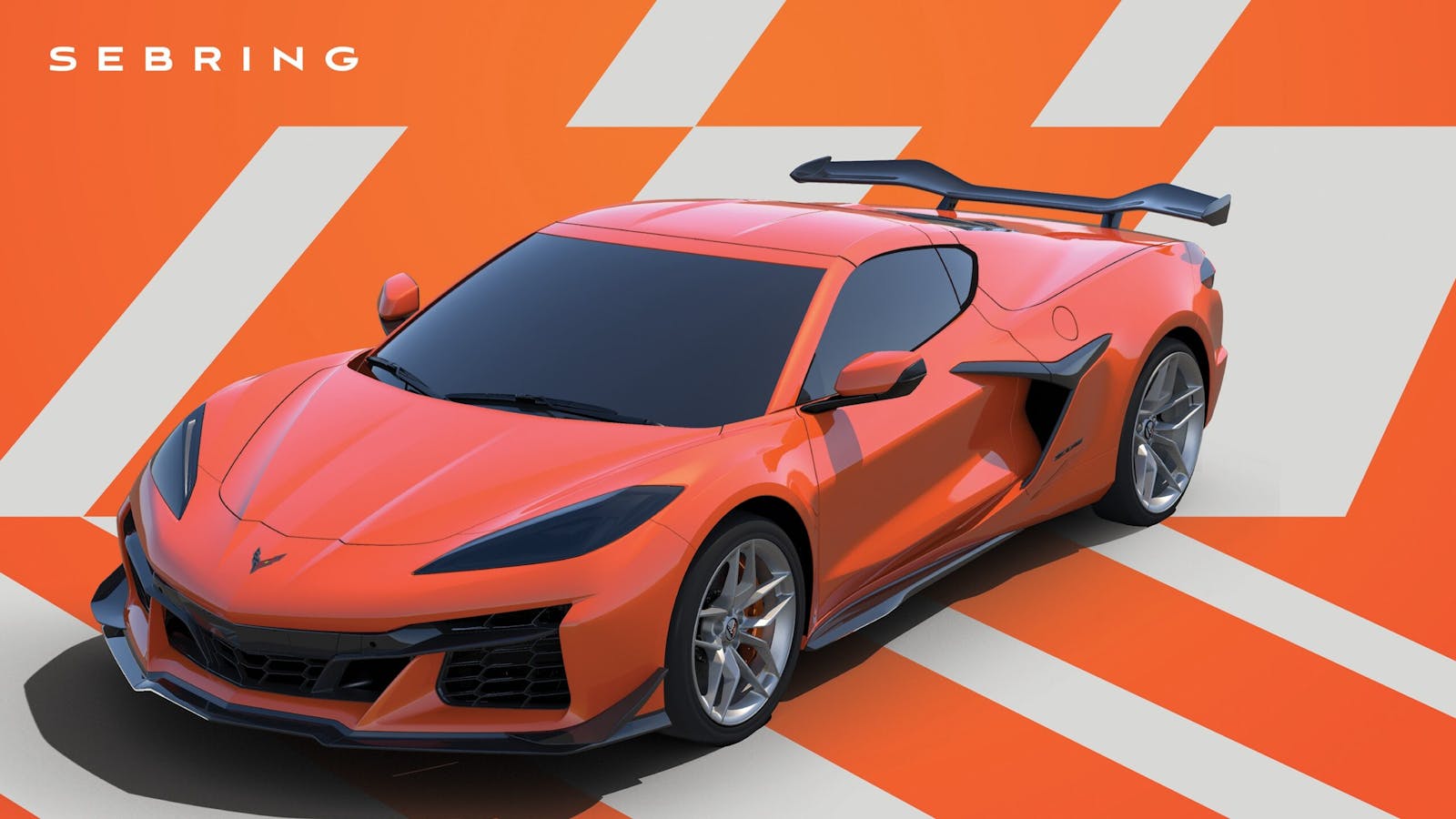
The part I was waiting for was the price, $393k to $437k. I know it’s Carbon but it’s a 912. Huh?
A little lighter costs a lot o’ money.
And could have they made it lighter by using unidirectional instead of weave carbon?